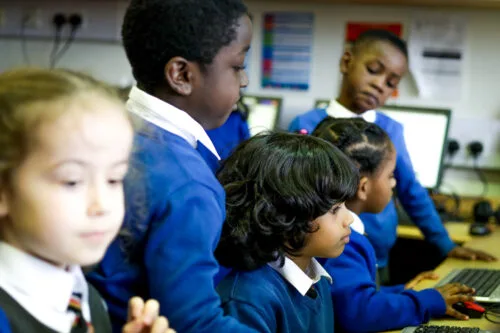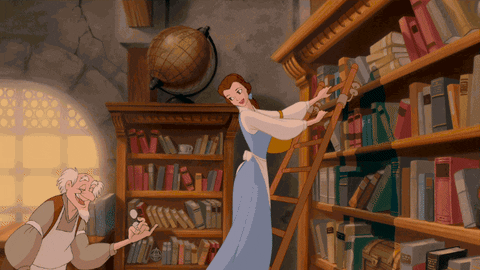Schlagwort: Storytelling
-

Integrating primary computing and literacy through multimodal storytelling
Reading Time: 5 minutesBroadening participation and finding new entry points for young people to engage with computing is part of how we pursue our mission here at the Raspberry Pi Foundation. It was also the focus of our March online seminar, led by our own Dr Bobby Whyte. In this third seminar of our series…
-

Digital Making at Home: Storytelling with code
Reading Time: 3 minutesWelcome back to Digital Making at Home from the Raspberry Pi Foundation! If you’re joining us for the first time this week, welcome: you’re now part of a global movement with other young digital makers from all over the world. You’re in great company, friend! You all CRUSHED making your own games…
-

Worlds Collide – A Santa Monica Studio Limited Podcast Miniseries
Reading Time: 2 minutesIf you watched our full-length documentary, Raising Kratos, you got a glimpse into our journey reinventing the God of War franchise. It should be no surprise, we have plenty of intriguing, untold stories left to tell that dig deeper into the development of God of War. Thus, we’re proud to announce in…
-

Worlds Collide – A Santa Monica Studio Limited Podcast Miniseries
Reading Time: 2 minutesIf you watched our full-length documentary, Raising Kratos, you got a glimpse into our journey reinventing the God of War franchise. It should be no surprise, we have plenty of intriguing, untold stories left to tell that dig deeper into the development of God of War. Thus, we’re proud to announce in…
-

Worlds Collide – A Santa Monica Studio Limited Podcast Miniseries
Reading Time: 2 minutesIf you watched our full-length documentary, Raising Kratos, you got a glimpse into our journey reinventing the God of War franchise. It should be no surprise, we have plenty of intriguing, untold stories left to tell that dig deeper into the development of God of War. Thus, we’re proud to announce in…


